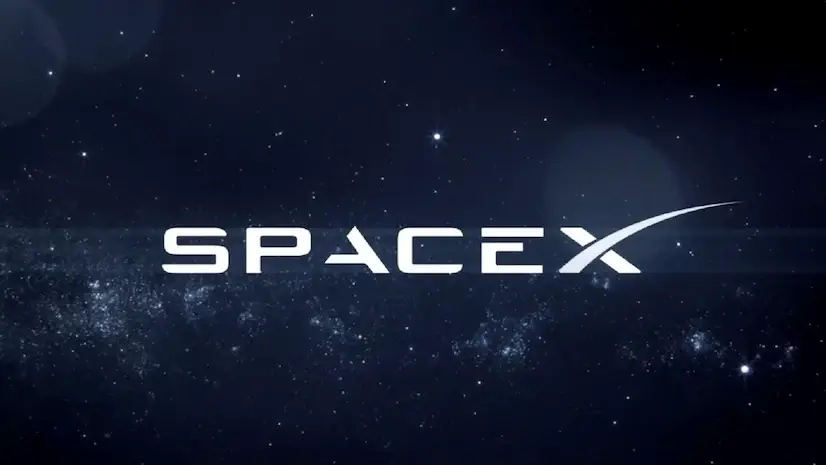SpaceX's Starlink project continues to make strides in providing global internet access. As of June 2025, Starlink operates the world's largest satellite constellation, with over 7,760 satellites in low Earth orbit (LEO), serving millions of active customers across approximately 130 countries and territories. These satellites represent roughly 65% of all active satellites currently in orbit. The long-term plan includes launching nearly 12,000 satellites, with potential expansions reaching up to 34,400.
Recent developments highlight Starlink's commitment to expanding its services and improving network performance. SpaceX has been actively launching new batches of Starlink satellites. For instance, just recently, on June 16, 2025, SpaceX launched 26 Starlink satellites from Vandenberg Space Force Base. This followed another launch on June 13, 2025, from Cape Canaveral Space Force Station. These launches not only increase the number of satellites in orbit but also incorporate advanced technologies to enhance connectivity.
One significant advancement is the "Direct to Cell" technology. This technology equips satellites with custom silicon, phased array antennas, and advanced software to provide standard LTE service to cell phones. SpaceX successfully sent and received its first text messages using T-Mobile's network spectrum through these new satellites in January 2024. The company plans to rapidly scale its Direct to Cell network, aiming to enable text service in 2024 and voice, data, and Internet of Things (IoT) services in 2025. This service addresses the challenge of connecting cell phones to satellites moving at tens of thousands of miles per hour, unlike stationary terrestrial cell towers.
Starlink is also focused on improving network latency and reducing packet loss. Over the past few months, engineering teams have successfully reduced median latency by over 30% in the United States, from 48.5ms to 33ms during peak hours. Worst-case peak hour latency has also significantly dropped by over 60%, from over 150ms to less than 65ms. Similar improvements have been observed outside the United States, with median latency reduced by up to 25% and worst-case latencies by up to 35%.
SpaceX is also committed to space sustainability. Starlink satellites operate at low Earth orbit altitudes, ensuring that any failed satellite will naturally deorbit within five years due to atmospheric drag. The company proactively deorbits satellites at risk of becoming non-maneuverable, minimizing space debris. Furthermore, Starlink satellites are designed to be fully demisable, meaning they burn up during reentry, posing no risk to those on the ground, in the air, or at sea.
In terms of production, SpaceX reached a significant milestone by producing its 10 millionth Starlink kit in June 2025. The company has ramped up production, especially with the opening of a new factory in Bastrop, Texas, in late 2023. This facility has the capacity to produce approximately 15,000 dishes per day, or nearly 5.5 million per year. SpaceX plans to expand the Bastrop facility, potentially making it the largest printed circuit board manufacturing facility in the United States.
However, Starlink faces challenges, including regulatory hurdles and competition. For example, SpaceX is seeking access to additional E-band spectrum in Italy to enhance communications, but the decision is pending a unified stance from the European Union. Competitors like Amazon's Project Kuiper and OneWeb are also emerging in the satellite internet market.
Despite these challenges, Starlink continues to expand its global reach through partnerships with telecommunications providers. Rogers Communications in Canada, One NZ in New Zealand, and Optus in Australia have all partnered with Starlink to provide satellite-to-phone services. In Kazakhstan, Starlink finalized a deal to officially sell satellite terminals, expanding access to high-speed internet, especially in remote areas.
In conclusion, SpaceX's Starlink is transforming global internet access by leveraging a vast constellation of LEO satellites. With ongoing advancements in technology, a commitment to sustainability, and strategic partnerships, Starlink is positioned to play a significant role in bridging the digital divide and providing high-speed internet to underserved regions worldwide.

















